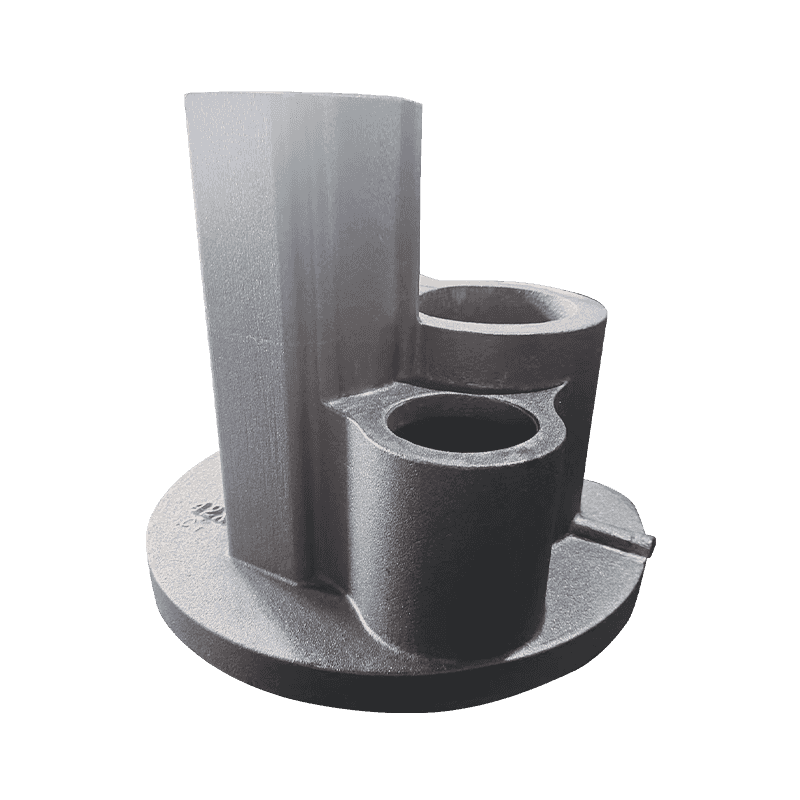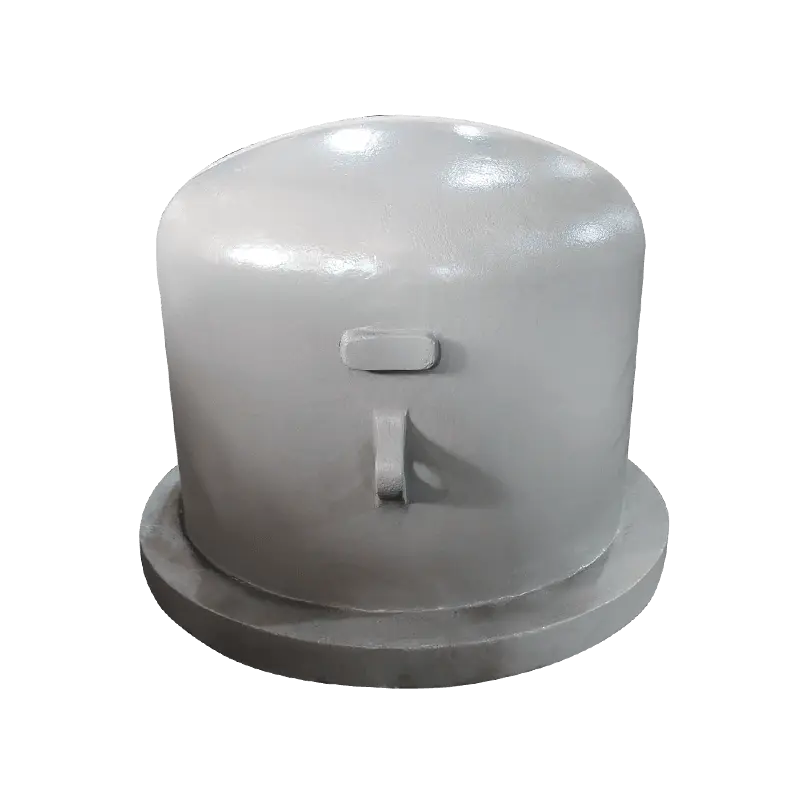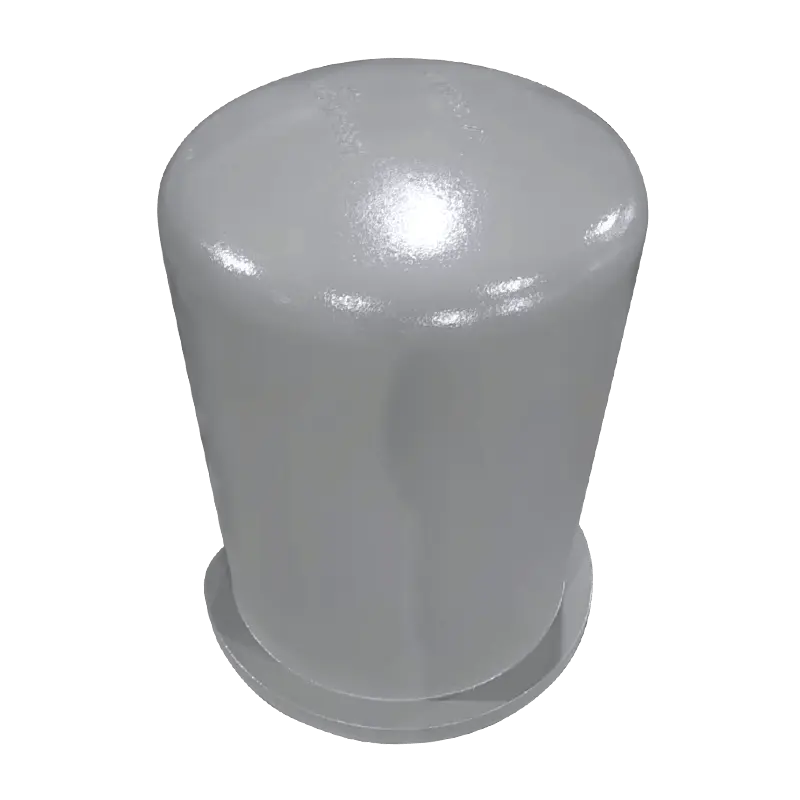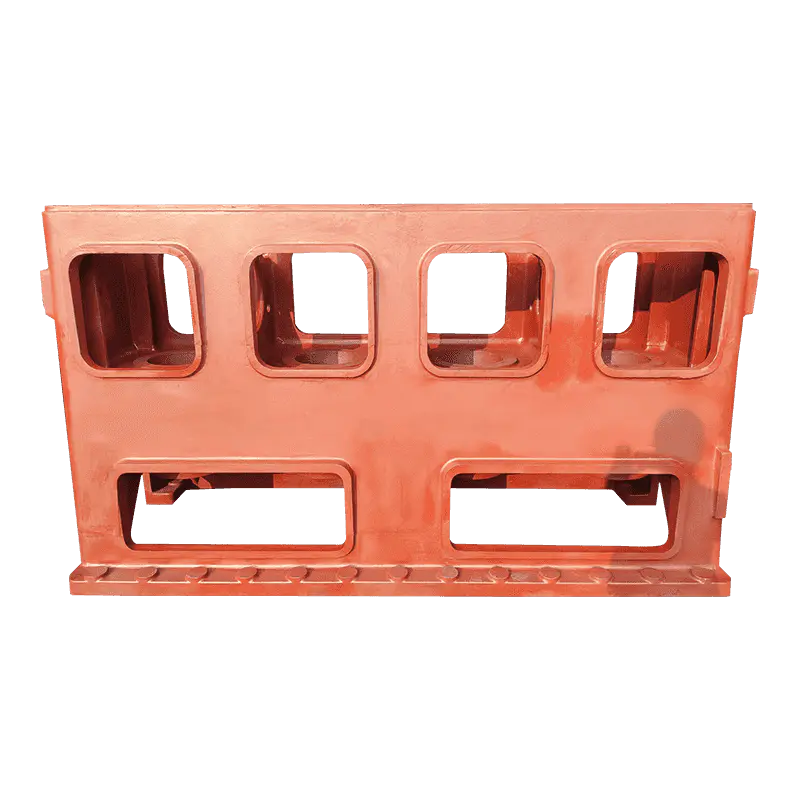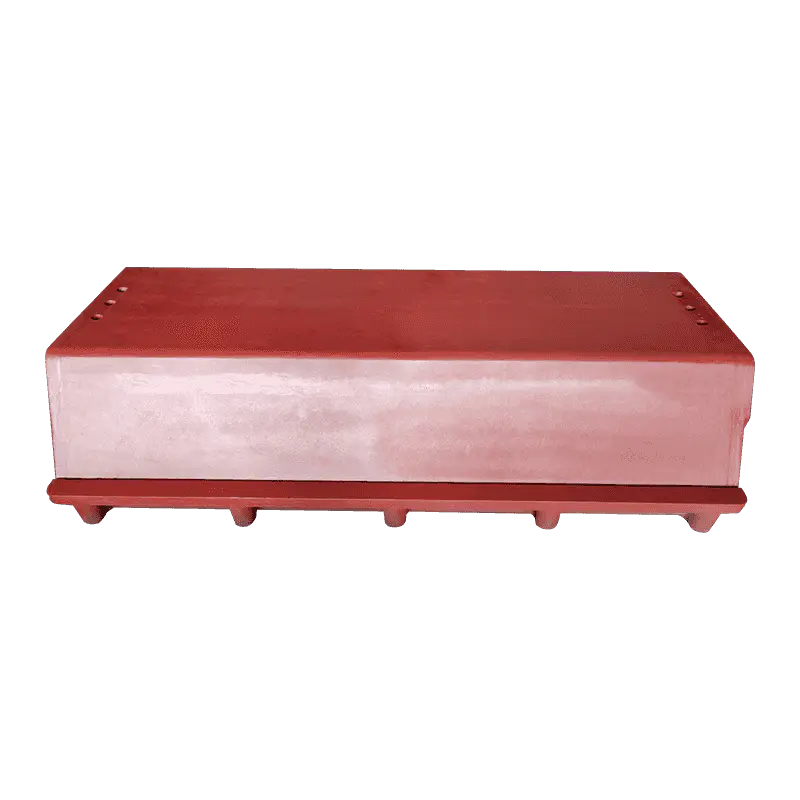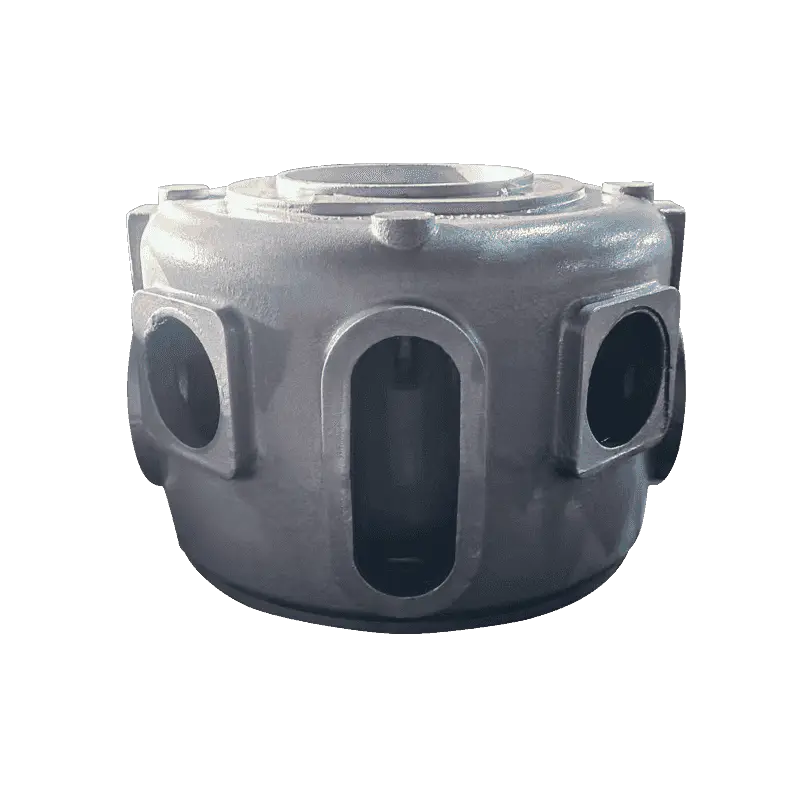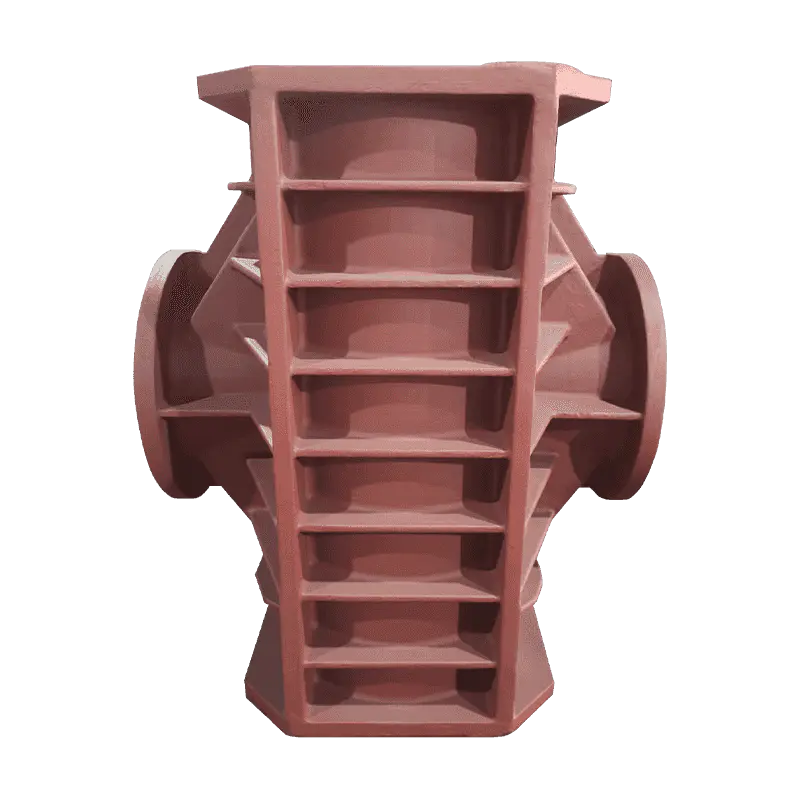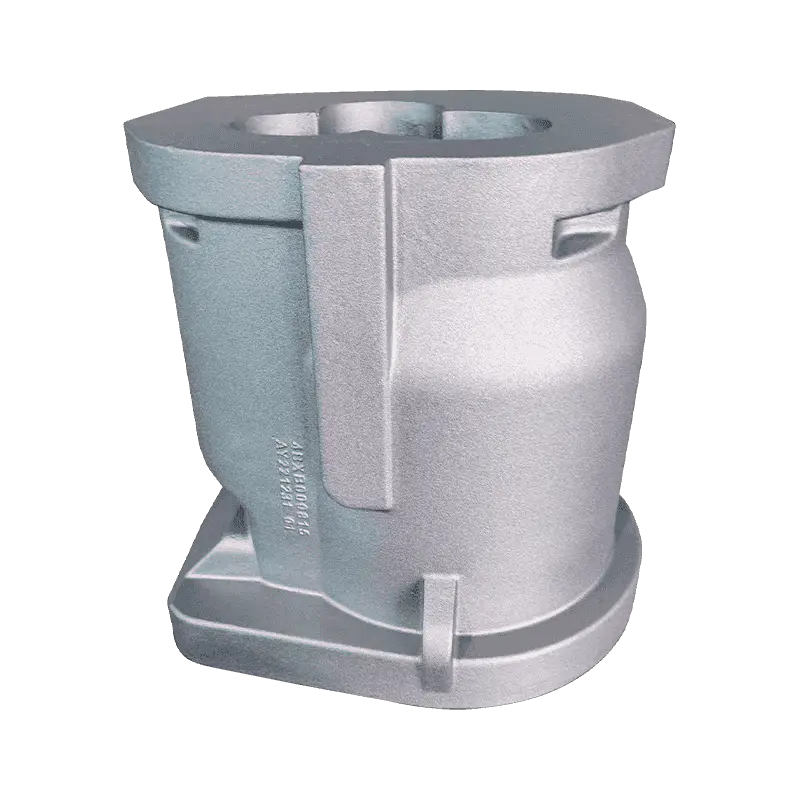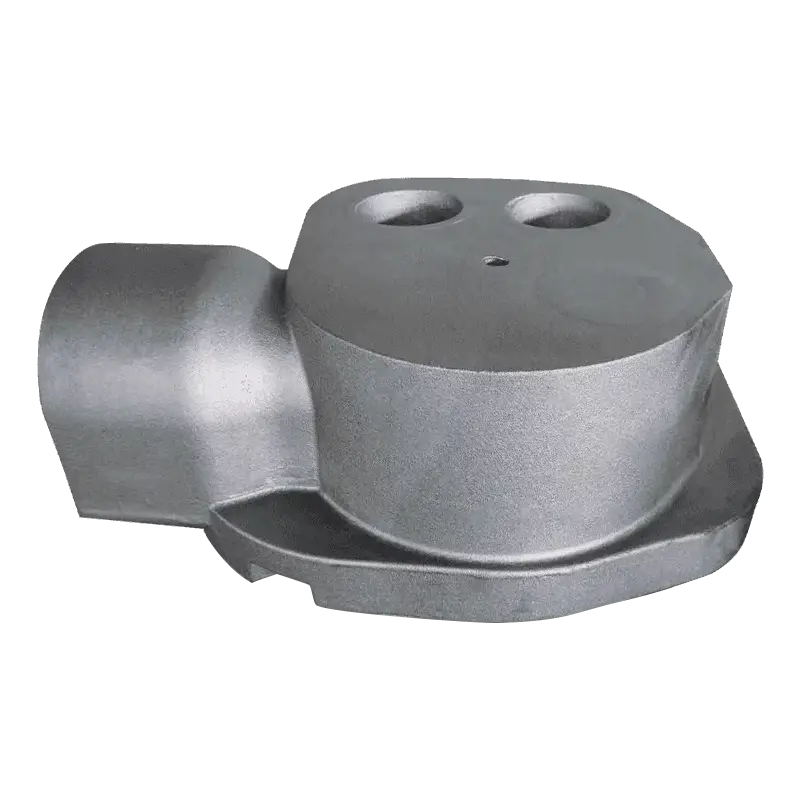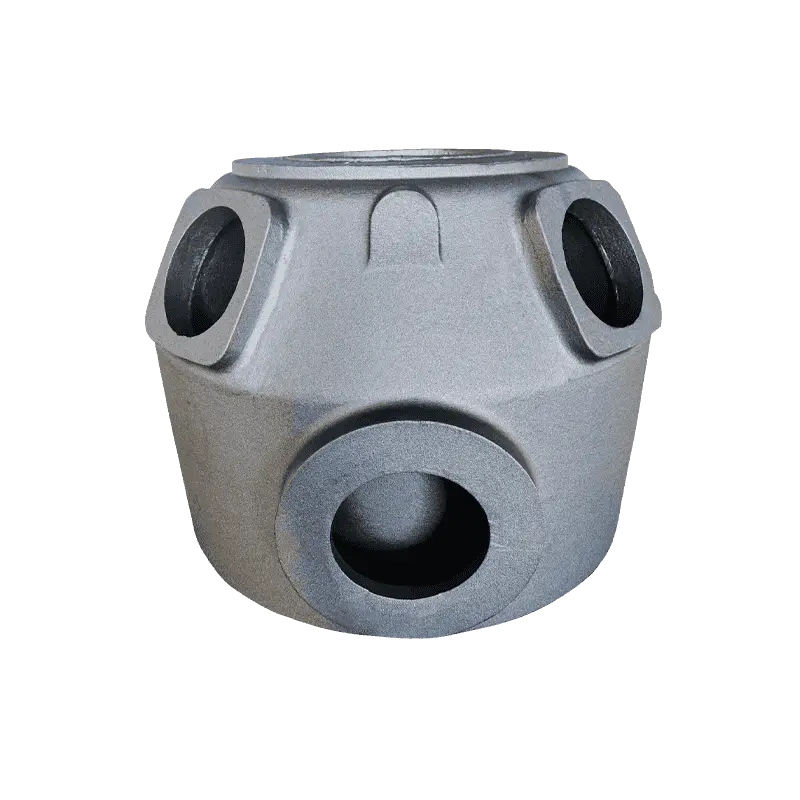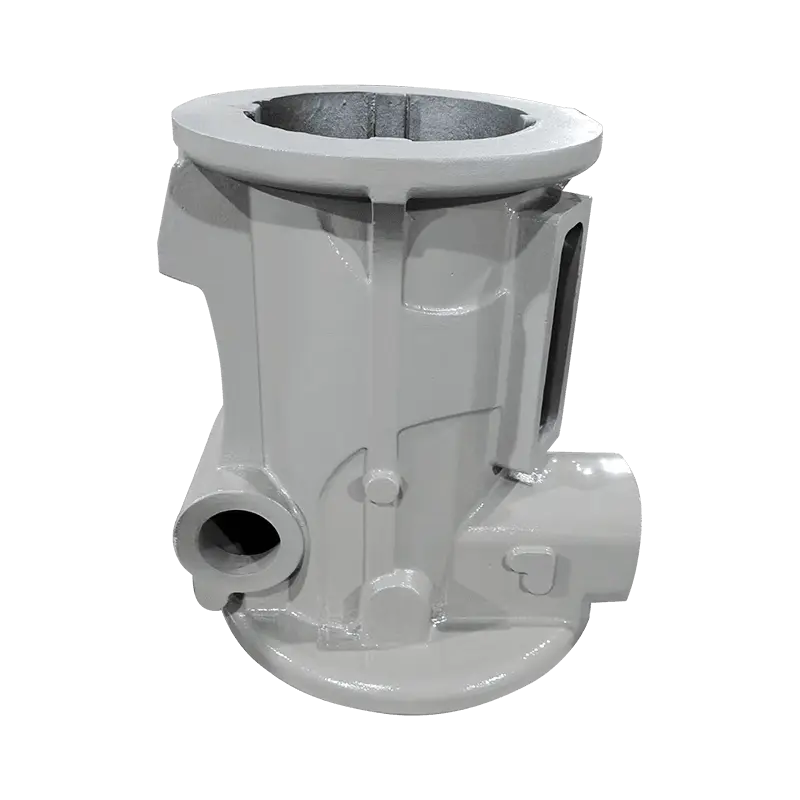The surface finish of the Compressor Exhaust Seat plays a crucial role in determining how effectively it seals against the exhaust valve and other components. A smooth, well-polished finish ensures that the seat can create a tight, uniform seal. When the surface is finely finished, there are fewer micro-gaps or surface imperfections where exhaust gases could leak. These imperfections could lead to gas leakage, causing inefficient compression cycles, energy losses, and potentially damaging other components. For example, microscopic ridges or rough edges on the seat surface can prevent the components from mating properly, resulting in poor sealing. By minimizing such defects, a high-quality surface finish provides an optimal seal that maintains performance even under high-pressure conditions. This tight seal contributes directly to reducing energy losses, enhancing compressor efficiency, and improving overall system reliability.
The surface finish is a critical factor in the wear resistance of the Compressor Exhaust Seat. High-pressure and high-temperature conditions in compressors create considerable friction between the exhaust seat and moving parts, such as the exhaust valve. The smoother the surface of the seat, the less friction it will experience during operation, reducing the rate of wear. A finely finished surface reduces the likelihood of abrasion that can degrade the material over time. With proper surface treatment, such as honing, polishing, or coating, the seat becomes more resistant to the abrasive forces at play. This results in a longer service life, as the seat can withstand prolonged exposure to wear and stress without compromising its functionality. The better the surface finish, the more durable the component, which ultimately leads to reduced downtime and fewer replacements, offering cost savings for the user.
The friction between the Compressor Exhaust Seat and other components—such as the valve or piston—is inevitable during operation, but it can be minimized with the proper surface finish. A rough or uneven surface generates high friction, leading to heat generation, increased wear, and ultimately, material degradation. On the other hand, a smooth, polished surface reduces the amount of contact and friction between mating parts, which not only protects the seat from excessive wear but also minimizes energy loss due to friction. The reduced friction means the compressor system operates more efficiently, as less energy is lost in overcoming resistance between parts. This also reduces the thermal stress on the components, allowing the compressor to run cooler, further extending the lifespan of the seat and improving overall system reliability.
The surface finish also significantly affects the corrosion resistance of the Compressor Exhaust Seat, particularly in environments where the compressor is exposed to high temperatures, moisture, and aggressive gases. A poorly finished surface is more prone to trapping dirt, moisture, or gas residues, which can lead to corrosion and material degradation. On the other hand, a smooth, well-treated surface reduces the ability of these contaminants to accumulate, helping to preserve the structural integrity of the seat. Surface treatments like coatings or passivation can further enhance corrosion resistance, especially in environments where exhaust gases may be acidic or contain sulfur. By preventing corrosion, the Compressor Exhaust Seat maintains its sealing capability and durability, ensuring the compressor operates at peak performance for a longer period.
The well-finished surface ensures that the Compressor Exhaust Seat maintains consistent performance throughout its operational life. Over time, a rough or poorly finished surface can wear unevenly, leading to a gradual loss of sealing capability, fluctuations in performance, and even total failure. Conversely, a smooth surface minimizes uneven wear, maintaining a consistent contact area and sealing pressure. The uniformity of the surface finish helps the exhaust seat remain stable under high-pressure conditions, allowing it to continue performing effectively over extended periods. This leads to fewer instances of malfunction or suboptimal performance, which can cause downtime and maintenance issues.

